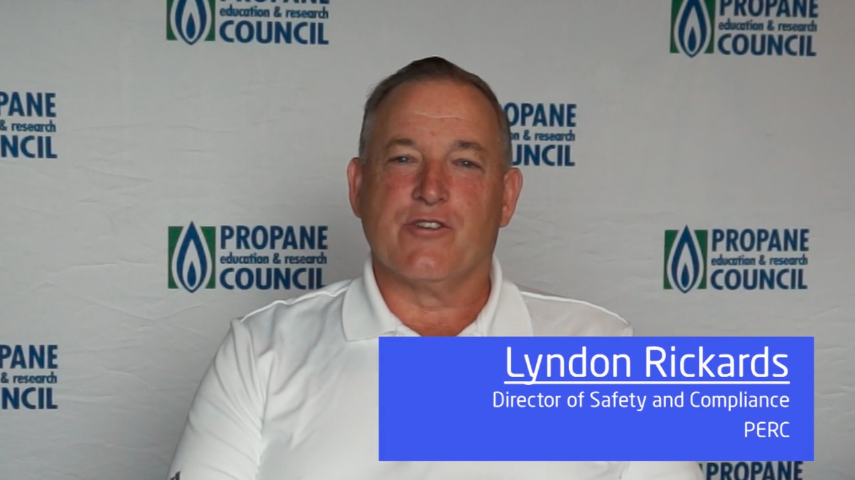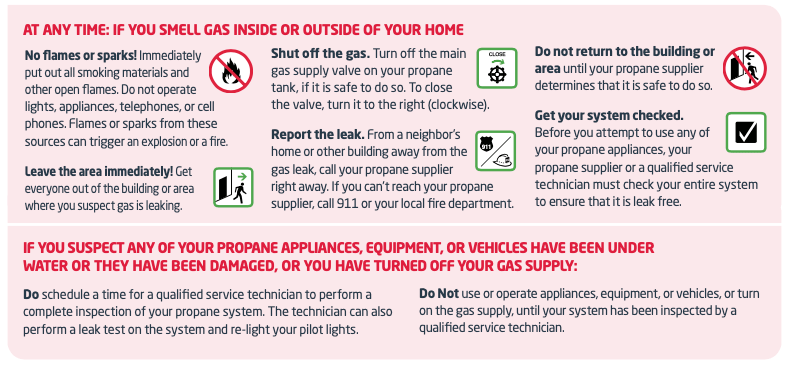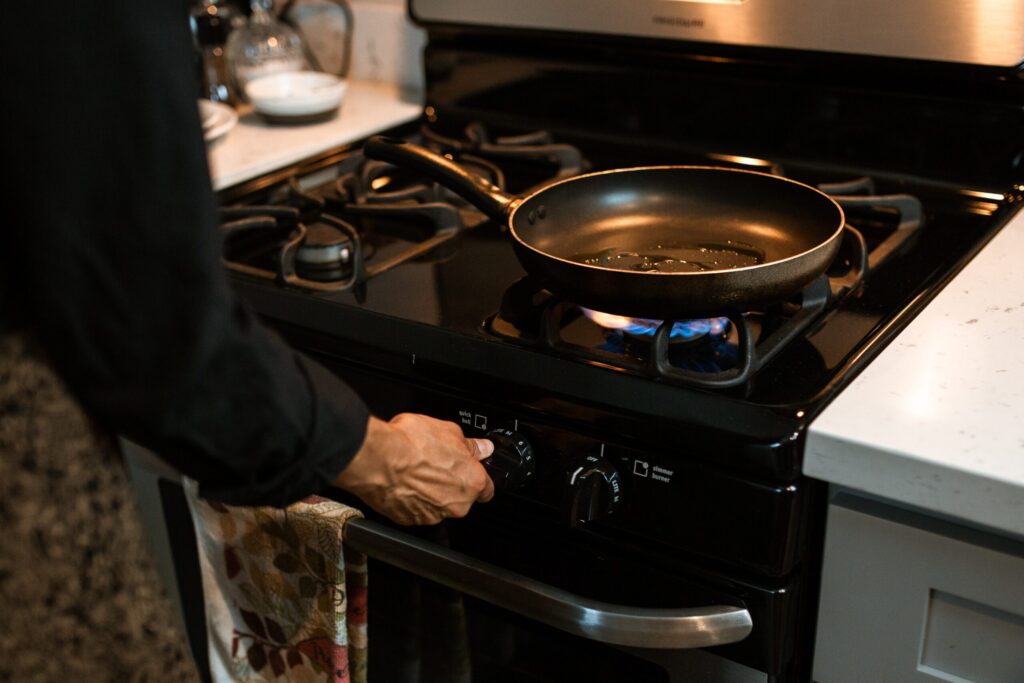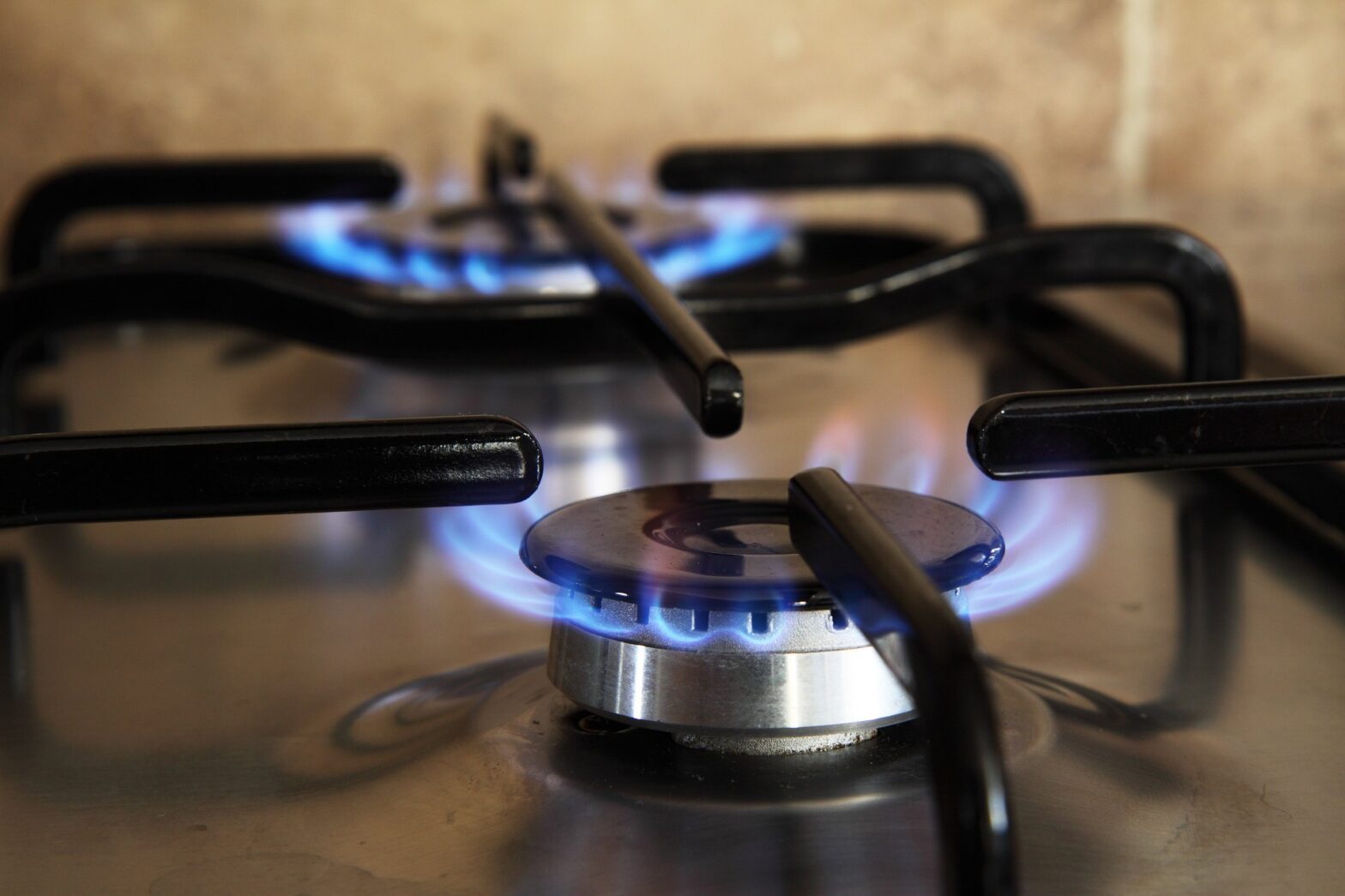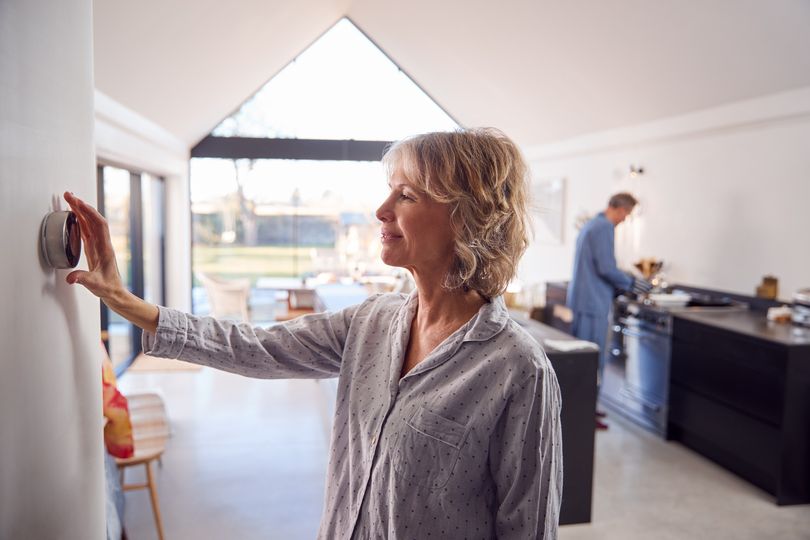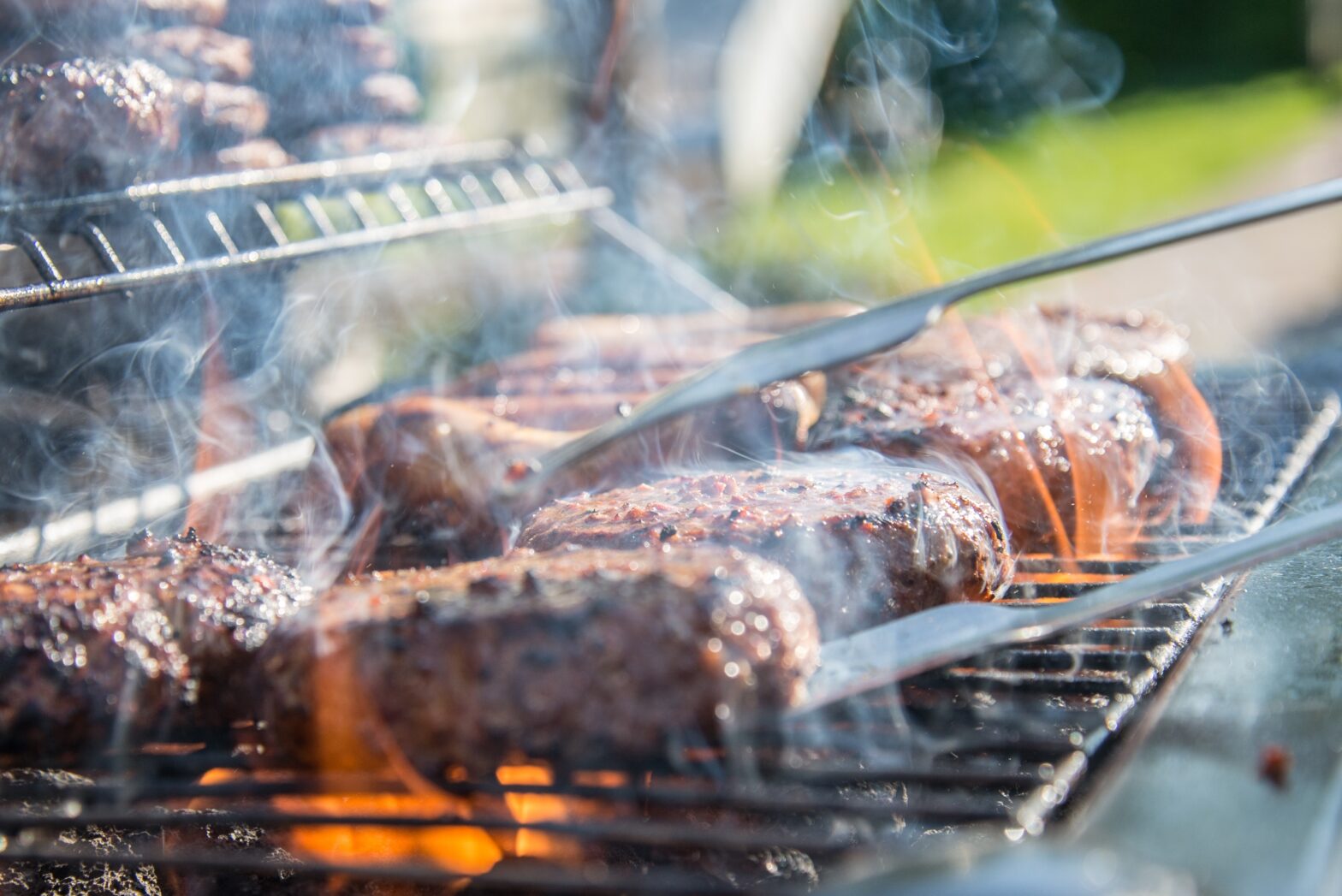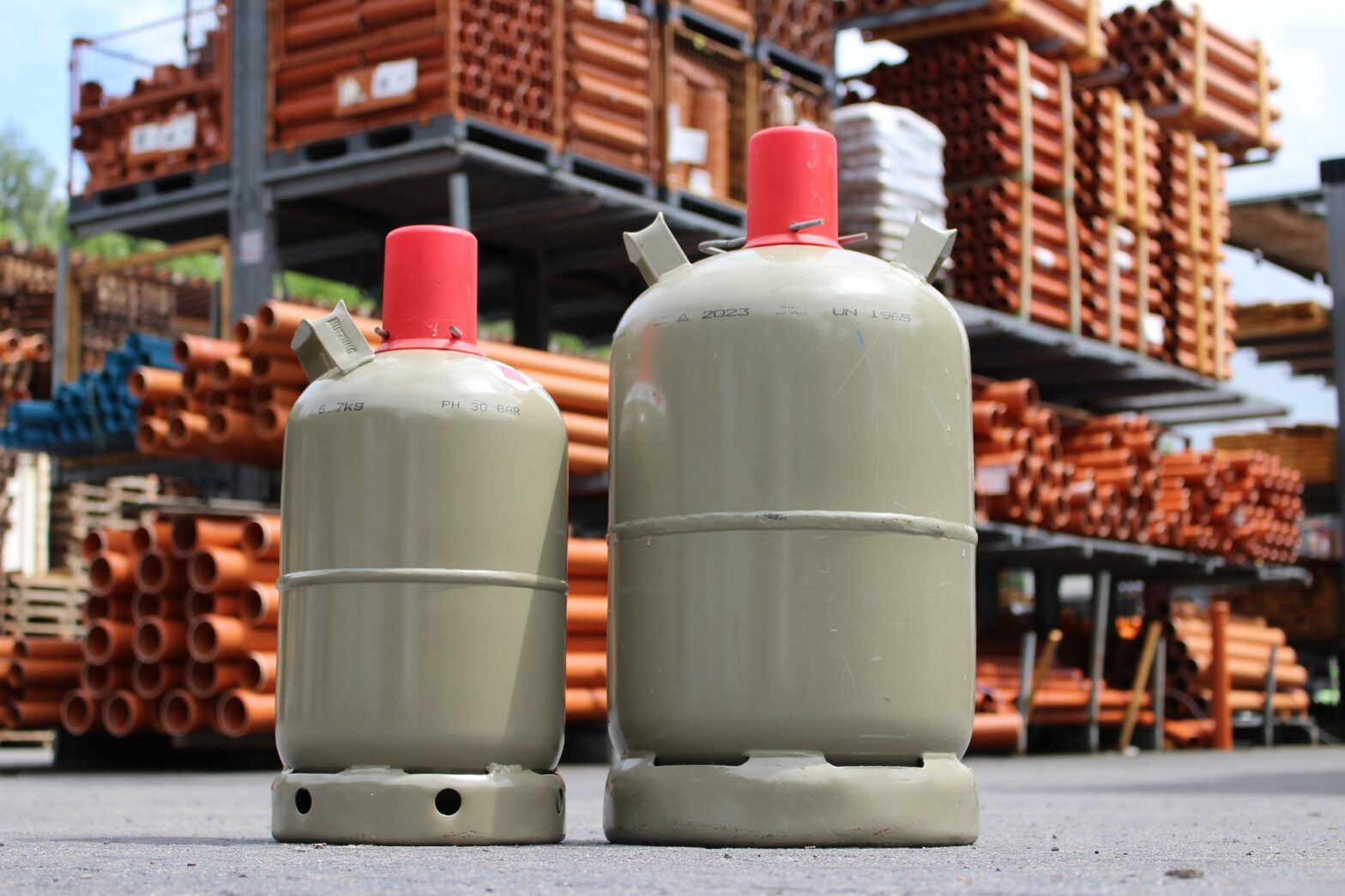For residents living in a propane home, there are a few specific precautions homeowners can take to ready their property for the potentially-high accumulation of snow. Propane is a safe, reliable, and efficient energy source that will provide comfort during the season, but accumulated snow and ice have the potential to damage the propane system. Many of these safety measures can be quickly implemented and will go a long way to ensuring a home is best prepared for the looming winter storm.
Get to know your propane system. If you are not familiar with your propane system, take a few minutes to review it. Identify core components — tank, regulators, meter, piping, and supply valves — as well as any appliance vents. Be sure you know where your gas supply valve is located, in case you need to close it in the event of an emergency. For more information, please contact us.
Mark your tank and regulator. Mark your tank with a brightly colored stake or flag taller than the maximum anticipated snow depth. Also, mark your secondary pressure regulator or meter. It is usually near the side of your home. This is important to enable emergency and propane service personnel to locate it at all times.
Have an adequate supply of propane in your tank. In high snowfall areas, roads leading to your home might not be accessible for delivery, particularly after a snowstorm. If there’s still time, contact your propane supplier and fill up your tank.
Talk to your contractors. If you use a snow removal service, make sure that the service knows the location of all propane equipment on the property. Instruct them to keep their equipment clear of all parts of your propane system.
Keep snow and ice from accumulating on propane equipment. Snow or ice accumulation can potentially cause parts of your propane system to crack or break, resulting in a gas leak. Gently brush away snow or ice that has accumulated around the tank, meter, regulator, and any other piping using a broom or by hand.
Be alert to snow buildup on rooftops and other areas. Frequently check where snow or ice collect on your roof, structure, or nearby trees and clear it if you believe it might fall on any part of your propane system.
Keep vents clear. Appliance vents and chimney flues need to be clear of snow or ice, too. Some homes may have “direct” vents, which are close to the ground. Improper venting can cause carbon monoxide to become trapped in your home, causing serious illness or even death.
Clear driveways and pathways to propane tanks. When clearing snow, remember that a propane delivery truck needs at least a 10-foot-wide path to be able to deliver fuel to your tank.

